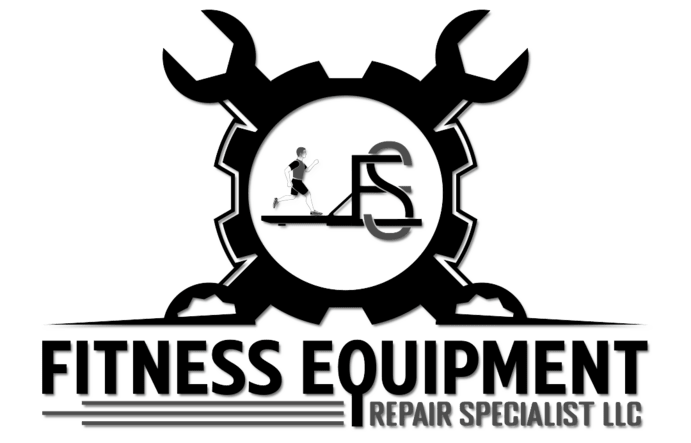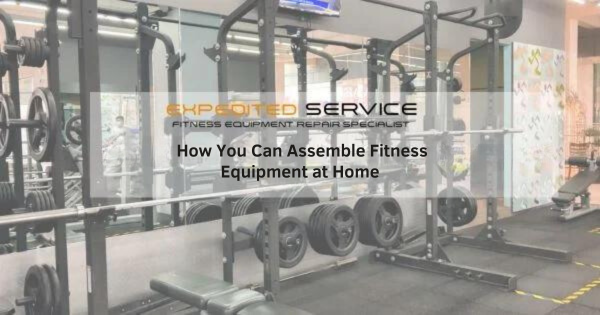
Cardio Equipment – The Best 5 Exercise Machines to Burn Calories and Boost Cardiovascular Fitness
April 19, 2024
Essential Gym Equipment You Need to Prevent Injuries For Safety
April 28, 2024Congratulations on acquiring your new home fitness equipment! Whether it’s a sleek treadmill, a versatile weight bench, or a high-tech rowing machine, it’s time to transform your living space into a fitness haven. But before you start picturing yourself crushing your workout goals, there’s one crucial hurdle: assembly. Fear not, fellow fitness enthusiasts! This comprehensive guide will equip you with the knowledge and tools to conquer the assembly process and unlock the full potential of your home gym.
1: Gather Your Supplies:
Before diving headfirst into the instruction manual, take a moment to gather the necessary supplies. Most equipment will come with the required tools, but it’s always wise to have a backup plan. Here’s what you might need:
- Allen wrenches: These come in various sizes and are often the primary tools included with fitness equipment.
- Adjustable wrenches: for situations where standard-sized wrenches are needed.
- Screwdrivers: Both flathead and Phillips head screwdrivers might be necessary, depending on the equipment.
- Rubber mallet: for gently tapping components into place without damaging them.
- Tape measure: Double-checking measurements can prevent missteps during assembly.
- Level: Ensuring your equipment is level is crucial for smooth operation and safety.
- Work gloves: for added grip and protection when handling screws and bolts.
- Cleaning supplies: A damp cloth can be used to wipe away dust or debris before starting the assembly.
2: Prepare Your Workspace:
Creating a designated workspace is essential for a smooth assembly process. Start by clearing a large, well-lit area to ensure you have enough space to manoeuvre around the equipment without bumping into walls or furniture. Lay down a protective covering, such as a tarp or large sheet, to safeguard your floor from scratches, dents, or greasy components. Organise your tools beforehand, ensuring they’re all within easy reach, which will save you time and frustration during the assembly. Finally, don’t underestimate the importance of reading the manual thoroughly. Take the time to understand the steps involved and familiarise yourself with the parts before starting, as it can greatly streamline the assembly process and help avoid mistakes.
3: Assembly Time!
Now that you’re equipped with the necessary tools and a prepared workspace, it’s time to dive into the assembly process. Begin by inventorying the parts to ensure everything is present and accounted for, referring to the manual as needed. Follow the instructions meticulously, paying close attention to the order of operations and using the correct screws, bolts, and tools for each step. Double-check your work periodically, ensuring all parts are aligned correctly, before tightening everything down securely. Utilise the appropriate tools and apply the right amount of pressure to ensure a stable final product. Once assembled, take the equipment for a test run to ensure it functions smoothly and quietly, confirming that the assembly process was completed successfully.
Pro Tips for Assembly Success:
Here are some additional tips to make your assembly process even smoother:
- Work with a partner: Having a helping hand can be incredibly beneficial, especially when lifting heavier components or holding parts in place.
- Take your time: Don’t rush the process – rushing can lead to mistakes and frustration.
- Don’t force anything: If a component doesn’t fit easily, double-check the instructions or take a step back to ensure you’re on the right track.
- Take breaks: Especially when dealing with heavy components, schedule breaks to avoid fatigue and potential injuries.
- Consult online resources: If you encounter a hurdle during assembly, many manufacturers offer online resources like assembly videos or troubleshooting guides.
Once your equipment is assembled, there are a few additional considerations to keep in mind. Firstly, carefully consider the placement of your equipment to maximise space and ensure comfortable movement during workouts. For heavier equipment, anchoring may be necessary to enhance stability; consult the manual for specific instructions. Additionally, prioritise cleaning and maintenance to uphold functionality and prolong the lifespan of your equipment. Adhere to the manufacturer’s recommendations for proper maintenance practices, ensuring your equipment remains in optimal condition for years to come.
Accept the Excitation of Your Home Workout:
Best wishes! You’ve put together your home workout setup with success. It’s time to start your fitness adventure and embrace your inner athlete. Recall that consistency is essential. Make regular exercise a priority, feed your body well, and give rest and recuperation a priority. You’ll be well on your way to reaching your fitness objectives and feeling your best with commitment and the strength of your new home gym!

